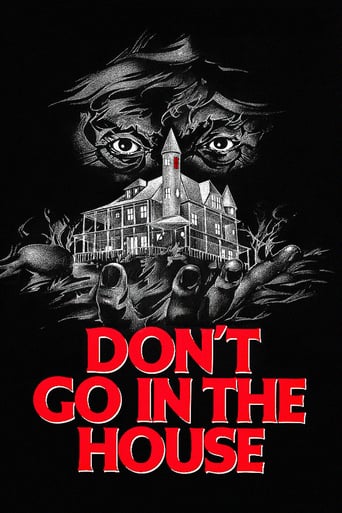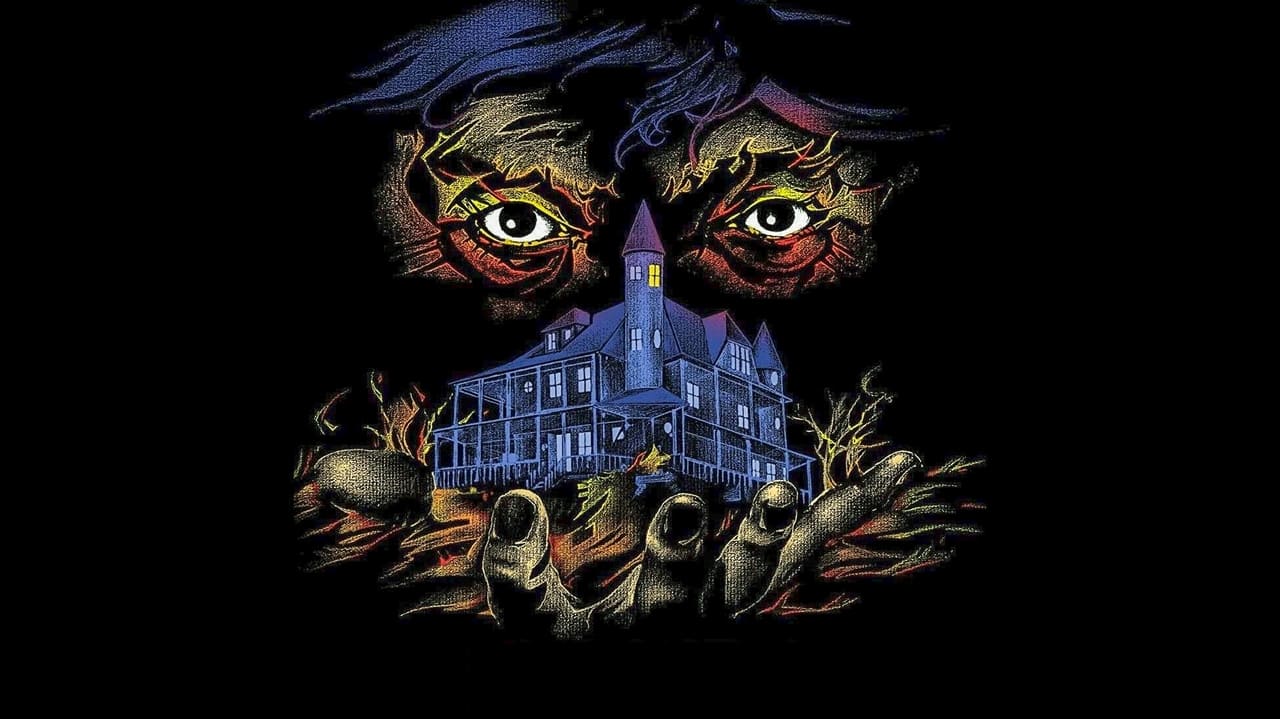Rainey Dawn
The film only held my interest for a little while then I ended up fast-forwarding, stopped to watch the part with him and the priest and then watched the crappy ending. I wasn't expecting much out of this film, and it isn't much.Basically his mother was strong in her Catholic faith, she took things literally especially "burning to purify". His mom burned his arms as a child every time she considered him "evil". His mom died at the beginning of the film, he's now free and he burns women. He also hears voices - voices of women particularly when he's about to do his killing.The ending is just awful - supposedly burned women he sees walking towards him (all in his mind of course) - just terrible. I think if this film was NOT an exploitation styled film but styled more noir-ish (like the psycho films) then I would have enjoyed the film a lot more.3/10
Leofwine_draca
A classic example of an exploitation film of the late 1970s, this movies manages to rise above the standard, clichéd roots and become an interesting look at the life of a schizophrenic murderer. The film's main advantage is that it portrays Donny as a believable and sympathetic character, who is simply suffering from delusions and a mental illness. He is not in control of his actions, and it is his mother who is really to blame for the murders that take place. The film also manages to put in a moral line about child abuse. The main actor never disappoints in his role, convincing throughout.However, your average viewer would probably be put off by the sickening scenes of naked women being burnt alive. They're not especially explicit, but even worse are the scenes of Donny interacting with the burnt corpses which really are disturbing. The film has very few supernatural moments, although there is a genuinely chilling climax borrowed from MANIAC. Although the film's trappings have dated in the subsequent decades - particularly in that cheesy disco scene - it hasn't lost its power to shock, and is one of the most interesting of all the low-budget PSYCHO derivatives.
Roman James Hoffman
'Don't go in the house' is a gruesome, low-budget, surprisingly effective, and even oddly moving inclusion on the UK Director of Public Prosecutions list of video nasties. The premise is ghoulish: Donny (Dan Grimaldi) is a misogynistic pyromaniac who builds a special room in his house where he incinerates women before keeping their charred corpses in another room. So far, so
well, exploitation film. However, DGITH raises itself far above this macabre premise in daring to present the killer in a sympathetic light and (at least for me) succeeding. This is done through various expository means which reveal Donny's homicidal urges to be the result of an abusive childhood at the hands of his domineering mother. In particular, the seeds of his obsession with the cleansing effects of fire are delineated to the moments when his mother would burn his forearms on a stove to punish transgressions whether real or imagined. Donny then continues to grow up in the family home under his mother's watchful eye until one day he returns from work to find that she has croaked. Initially jubilant, he quickly begins hearing voices and his fragile psyche soon breaks under its own weight and he descends into a bottomless personal Hell.The film obviously has shades of Hitchcock's 'Psycho' (1960) in its mommy-dearest theme, and also Polanski's 'Repulsion' (1965) as we watch him succumb to his inner demons. However, in contrast to the artistic sense these directors imbued their films with, the wholly unaestheticised exploitation-style presentation of the murders communicates the full brutality of the act which makes the subsequent attempt to portray Donny himself as a victim all the more daring.Depending on one's moral standpoint, it could be equally argued that as a serial murderer Donny deserves the harshest of punishments, and on the other hand he could be seen to deserve pity and sympathy. Beast or bird with a broken wing? What's clear is that the movie is boldly treading on dangerous ground, which is why the film ended up on the list of Video Nasties. The aim of the list was to enable prosecution for the sale of movies which were deemed to have the power to morally corrupt
which is ironic for a film with such a strong moral message that violence begets violence and that even the worst of us are, in fact, victims.
gigan-92
This movie is about as good as it can be. The acting is all right, I myself finding the performance of Dan Grimaldi quite well done. There are even some generally frightening moments I enjoyed. The score by Richard Einhorn is also pretty interesting, quite menacing when it gathers full strength. Problem is the film's story borrows somewhat from Hitchcock's "Psycho" that preceded this film by well over two decades. Technically speaking, the lead characters from these two films are quite the same in motive and disposition; difference (the most important thing to keep in mind) is that Anthony Perkins was allowed subtly and mystery to his performance as Norman Bates. This film is so out right with its villain there's not much mystery, just violence.However, I still find this movie a hoot to watch, though by no means a horror classic.



 AD
AD










